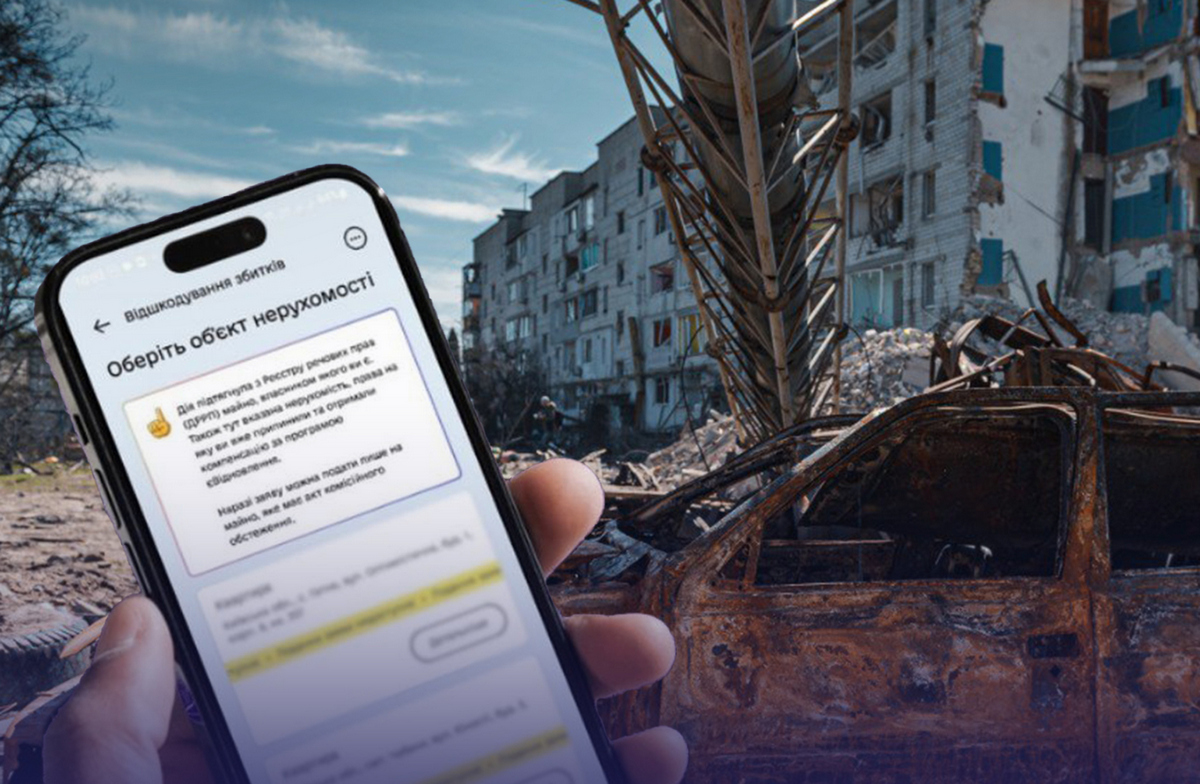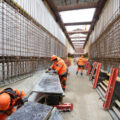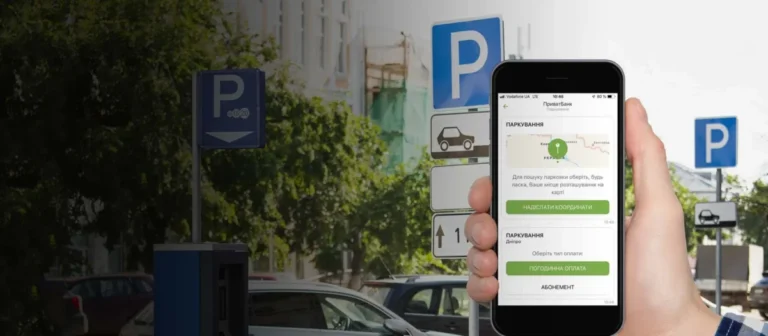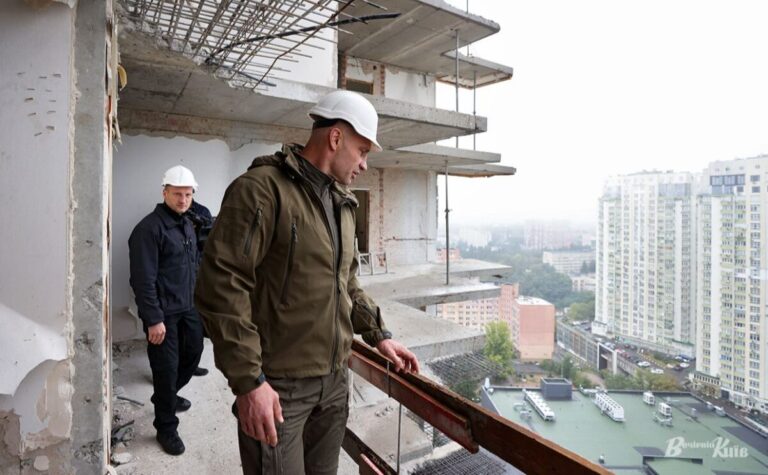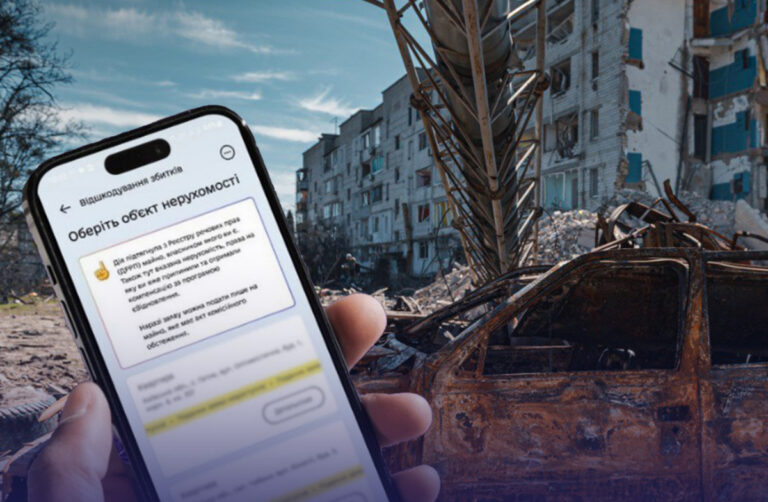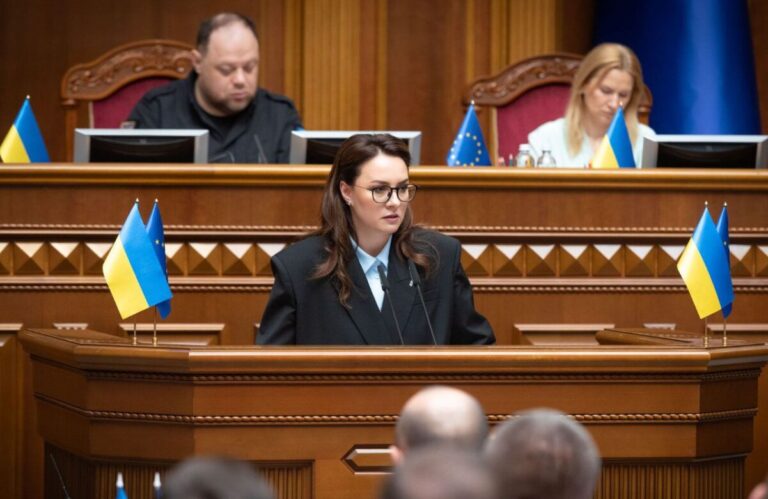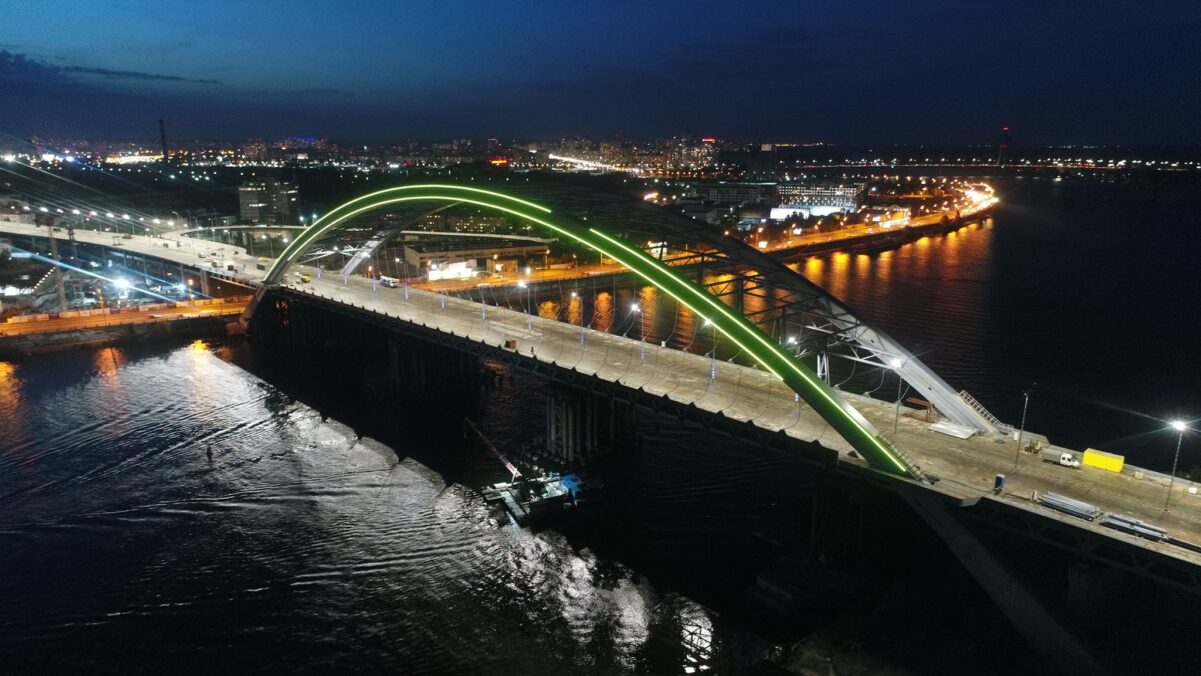
Podilskyi Bridge in Kyiv: How the Full Opening Affects City Logistics and What Corruption Cases Still Surround It
On August 23, 2025, Kyiv marked a historic milestone: the full opening of the Podilskyi Bridge crossing. After three decades of construction, numerous promises, and partial launches, the bridge is now open to full traffic in both directions. This marks more than just the completion of a technical project it signals significant changes in the capital’s logistics. But despite the importance of this event, it cannot be viewed in isolation. On the same day as the opening, the public learned about new corruption investigations linked to the bridge’s construction. And this raises the real question: what will outweigh the other the benefit to the city or the damage to public trust?
As of August 23, two-way traffic resumed on the Podilskyi Bridge. The section between Naberezhno-Khreschatytska Street and the Rusanivski Gardens now has two lanes in each direction, including dedicated routes for cars, public transportation, and cyclists. According to Kyiv Mayor Vitali Klitschko, this is part of a broader infrastructure transformation:
“We’ve built bike lanes in both directions with a total length of more than 11 kilometers. Dedicated lanes for public transport have been added. We installed an additional traffic light at the intersection of the Podilskyi Bridge crossing and Tsentralna Sadova Street, along with a change in traffic organization.”
Notably, a new transportation hub has also been completed for passengers of the high-speed tram and urban rail. This greatly improves transfer options between districts, especially toward the left bank of Kyiv, which has remained logistically isolated for decades.
30 Years of Construction: A Complicated Timeline
The bridge’s story began back in 1993, when the Cabinet of Ministers approved technical documentation for construction. The plan was to build a two-tier structure stretching 7.04 kilometers, connecting not only car lanes but also laying the groundwork for a future metro line to the Troieshchyna neighborhood.
But reality proved much more complex. Initial work began in 1996, only to be halted the following year due to a lack of funding. For the next two decades, construction would resume and pause repeatedly. It wasn’t until 2011 that the first phase was completed the Havanskyi Bridge and the overpass on Naberezhno-Khreschatytska Street. The project was reapproved in 2016.
The final round of funding 183 million hryvnias from Kyiv’s city budget was allocated in October 2022. That allowed for a partial opening in December 2024, when the bridge was made accessible to private vehicles and public transport. The full launch in August 2025 now marks the long-awaited completion.
The Parallel Story of Corruption
On the same day as the ceremonial opening, another headline broke. The Office of the Prosecutor General of Ukrainereported the uncovering of a scheme to launder 160 million hryvnias tied to the Podilskyi Bridge’s construction. Two executives of contracting companies were formally charged with laundering assets obtained through criminal means.
“Prosecutors have filed a lawsuit asking the court to void a contract worth over 2 billion hryvnias for the bridge’s construction and to recover those funds from the contractor,” the statement from the Prosecutor’s Office reads.
Meanwhile, the Security Service of Ukraine (SBU) noted that at least 153 million hryvnias had been embezzled from Kyiv’s municipal budget during the bridge project. Current and former executives of a Kyiv City Administration utility company are under investigation. While no names or verdicts have been released yet, the case points to a systemic issuein how infrastructure funds are handled.
What This Means for the City and Society
On one hand, the bridge truly improves logistics. It helps ease congestion on the Northern and Darnytskyi bridges and improves access to Rusanivka, Voskresenka, and Troieshchyna. It includes bike lanes and pedestrian access, still rare in Ukrainian infrastructure projects. Most importantly, it integrates multiple forms of transportation something Kyiv has long needed. On the other hand, the act of opening a bridge doesn’t erase the public’s distrust. No matter how modern the lanes or how well-lit the tunnel, if society sees millions being siphoned off through corrupt deals, then even a celebrated launch becomes questionable. For many, the bridge is not only a physical structure it’s a symbol of who gains and who pays.
The Podilskyi Bridge is both an engineering achievement and a moral test. For residents, it offers convenience, shorter commutes, and better mobility. For city leaders, it fulfills a major public promise. For prosecutors, it reveals yet another instance of budget misuse. And as the traffic lights begin to blink and commuters cross a structure built over three decades, courtrooms are lighting up for a different kind of passage one where contracts are questioned and justice is measured. The main question now isn’t how many lanes are open it’s how much truth can travel across this bridge.


